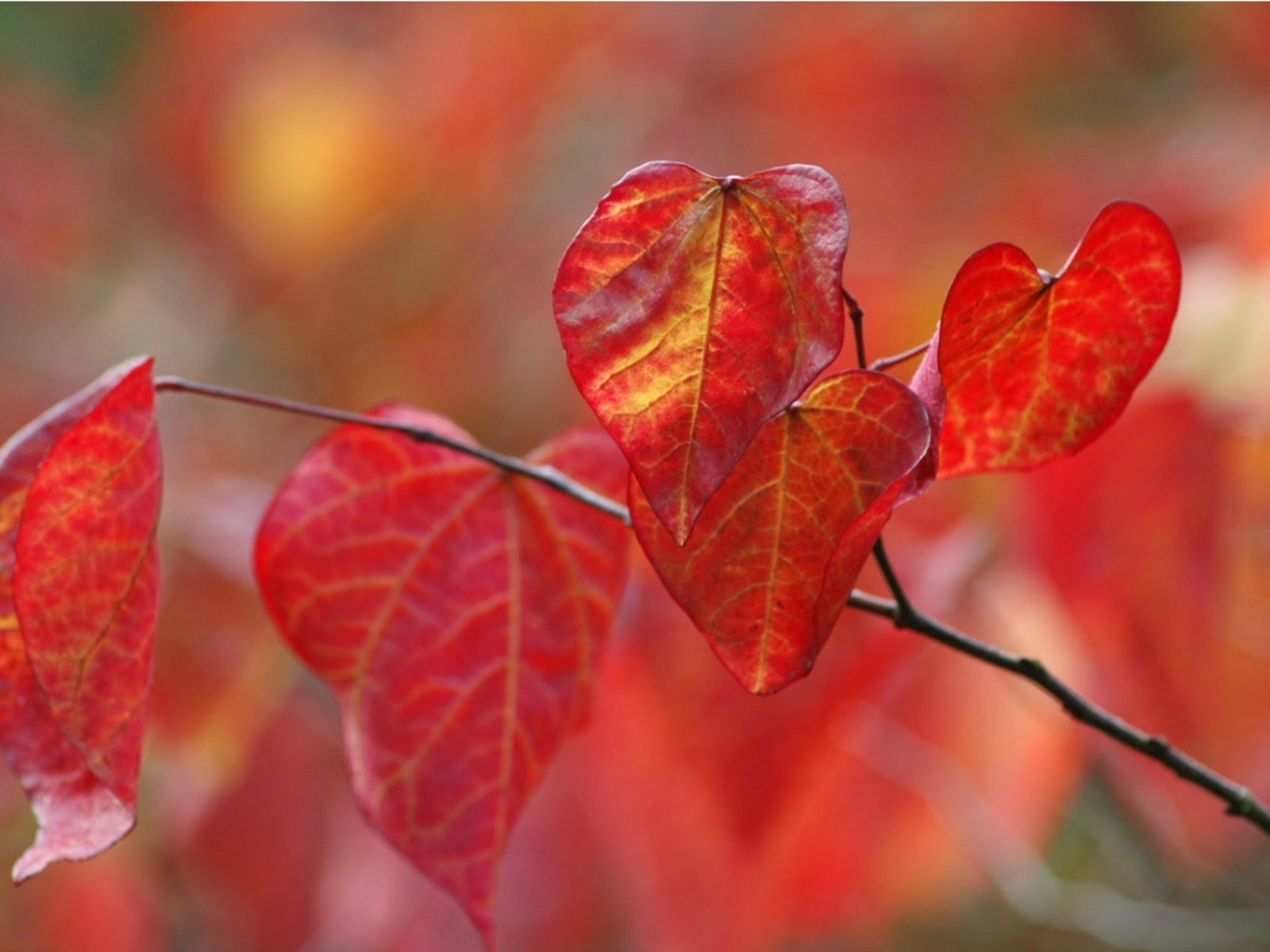Forest Pansy Tree Care – Tips On Growing A Forest Pansy Tree


Forest Pansy trees are a type of eastern redbud. The tree (Cercis canadensis 'Forest Pansy') gets its name from the attractive, pansy-like flowers that appear in spring. Read on for more information about the Forest Pansy redbud, including Forest Pansy tree care.
What are Forest Pansy Trees?
These are lovely small trees that work well in gardens and backyards. Forest Pansy redbuds offer lovely, shiny, heart-shaped leaves that grow in purple red. As they mature, they deepen to maroon.
The chief attraction of the trees, however, are the brightly colored flower blossoms that fill their canopies in early spring. These rose purple, pea-like flowers are especially noticeable because they appear before the leaves emerge, not like that of other redbuds.
In time, the flowers evolve into seed pods. They are flat, some 2 to 4 inches (5-10 cm.) long and resemble snow peas.
Growing a Forest Pansy Tree
Forest Pansy redbud trees are native to eastern and central North America. They grow well in USDA plant hardiness zones 6 through 8.
If you are thinking of growing a Forest Pansy tree, you need to know how large the tree will become when mature. It usually grows to about 20 to 30 feet (6-9 m.) tall, and the horizontal branches spread some 25 feet (8 m.) wide.
When you start growing a Forest Pansy tree, you should choose its planting location with care. Forest Pansy redbuds do not transplant well, so be sure to place them appropriately.
Sign up for the Gardening Know How newsletter today and receive a free copy of our e-book "How to Grow Delicious Tomatoes".
These trees thrive in moderately fertile, well-drained soil. Pick a spot in partial shade if your summers are hot, in sunny locations if your summers are mild. A Forest Pansy redbud will grow in either sun or part shade.
Forest Pansy Tree Care
Irrigation is a key to Forest Pansy tree care. The tree does best in soil that gets regular, consistent moisture, although it is known to be drought resistant once its root system is established. It will decline in wet soil.
The Forest Pansy redbud is a low-maintenance tree that requires little care. It is not invasive, and it tolerates deer, clay soil, and drought. Hummingbirds are attracted to its flowers.

Teo Spengler is a master gardener and a docent at the San Francisco Botanical Garden, where she hosts public tours. She has studied horticulture and written about nature, trees, plants, and gardening for more than two decades, following a career as an attorney and legal writer. Her extended family includes some 30 houseplants and hundreds of outdoor plants, including 250 trees, which are her main passion. Spengler currently splits her life between San Francisco and the French Basque Country, though she was raised in Alaska, giving her experience of gardening in a range of climates.